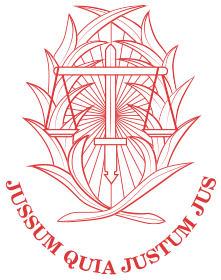ABSTRACT:
Living among migrants confronts us with the possibility of looking at ourselves. It is not a matter of accepting them, but of being in their place. Since 2006 the pedagogy of emergence seeks to treat two of deep wounds that migrant children experienced in situations of war or calamity: their traumas and griefs. This article aims to investigate how a civil society movement became a successful educational case and how international humanitarian and international human rights law legal framework could support this initiative. “I am the other” (Rimbaud).
KEYWORDS: Human Rights. International Law. International Humanitarian Law. Geneva Conventions. UN Convention on Rights of Child. Refugee Crisis. Education as a Basic Human Right. Right to Education. Right to Education for Refugee Children. Emergency Pedagogy. Civil Society Advocacy on Human Rights. Martens Clause.
DATA DE SUBMISSÃO: 7/12/2018 | DATA DE APROVAÇÃO: 20/12/2018
 Loading…
Loading…
